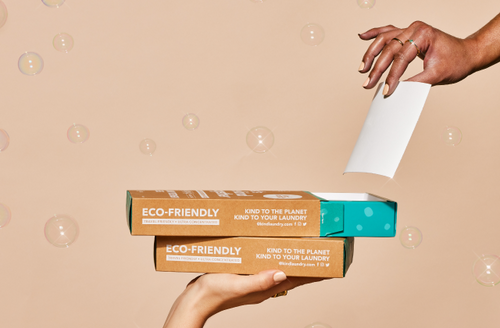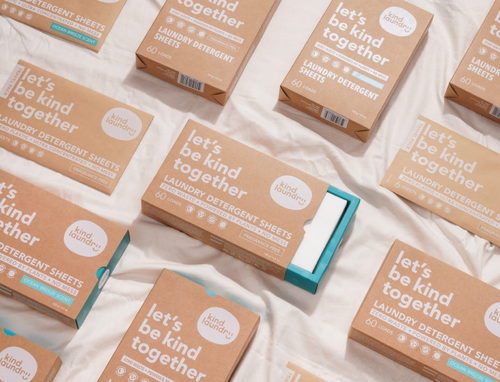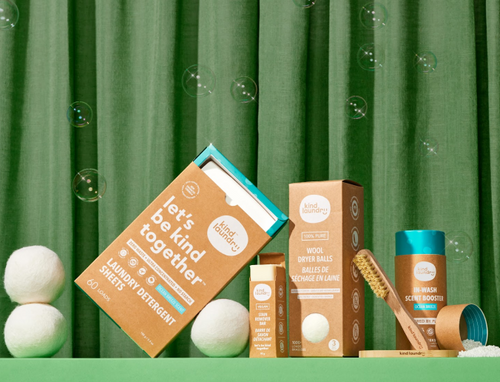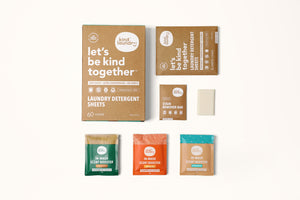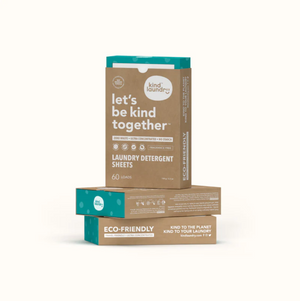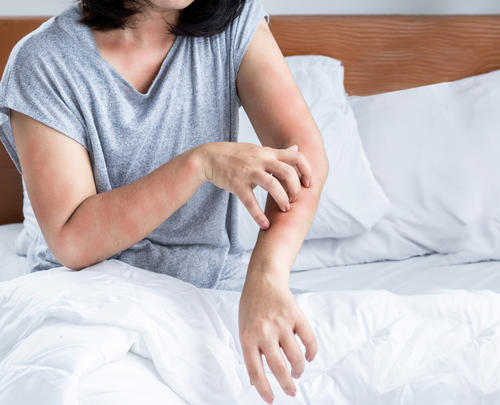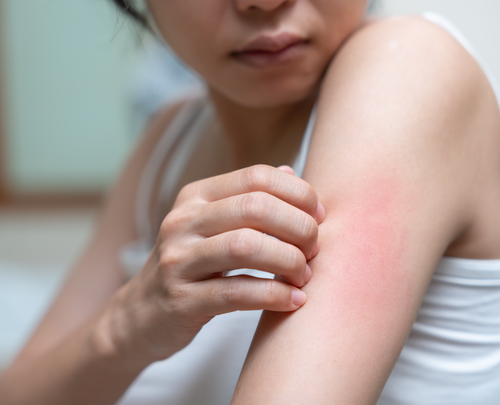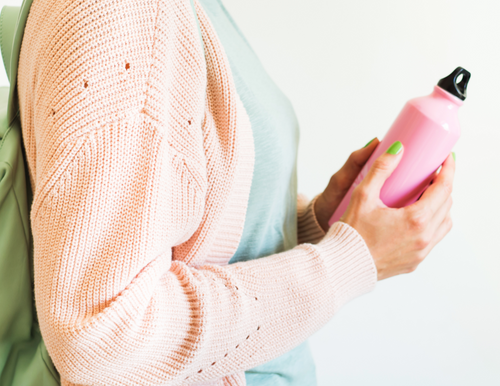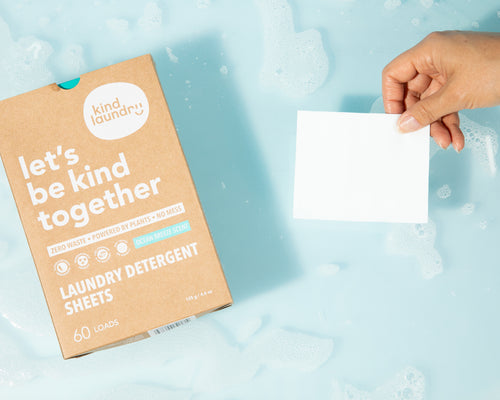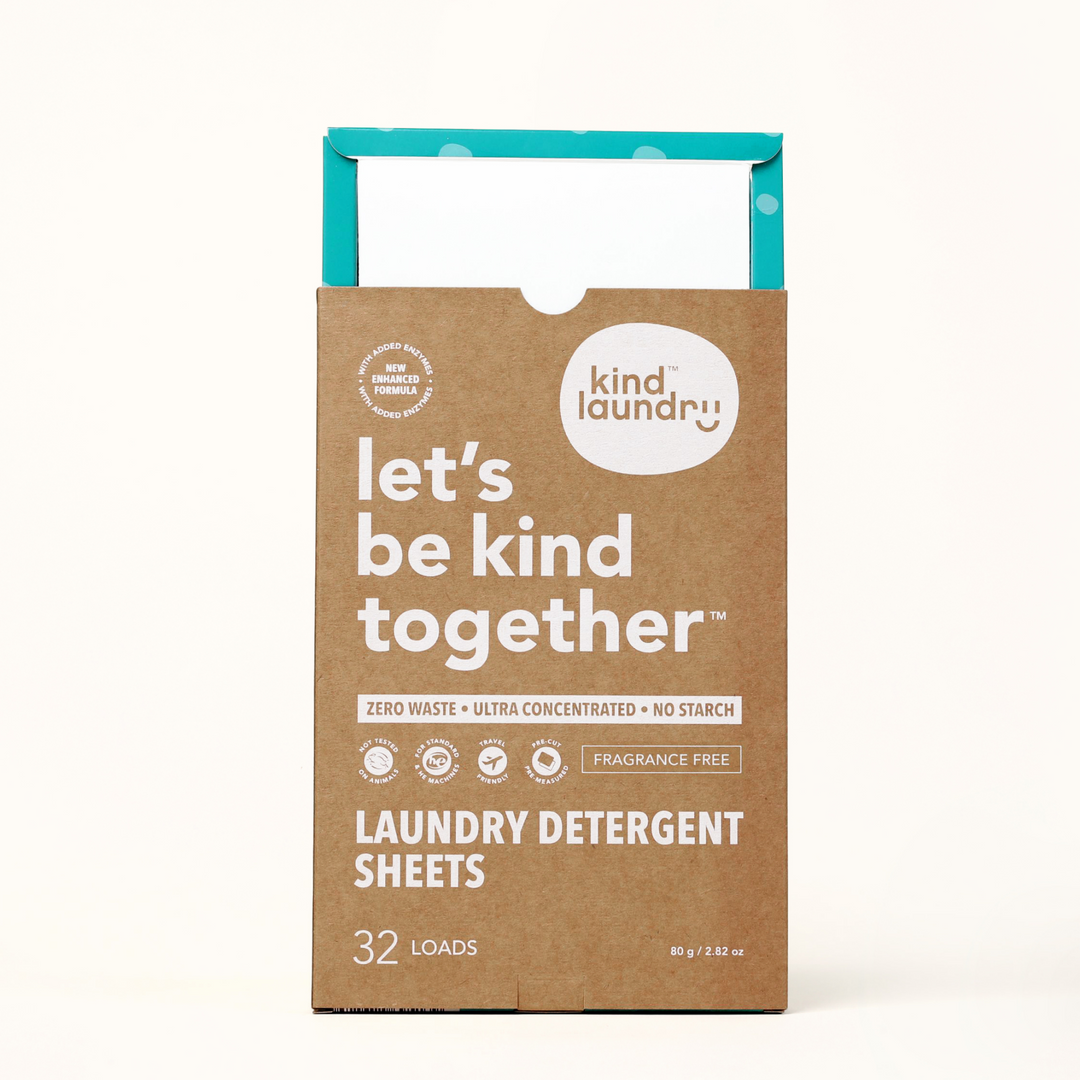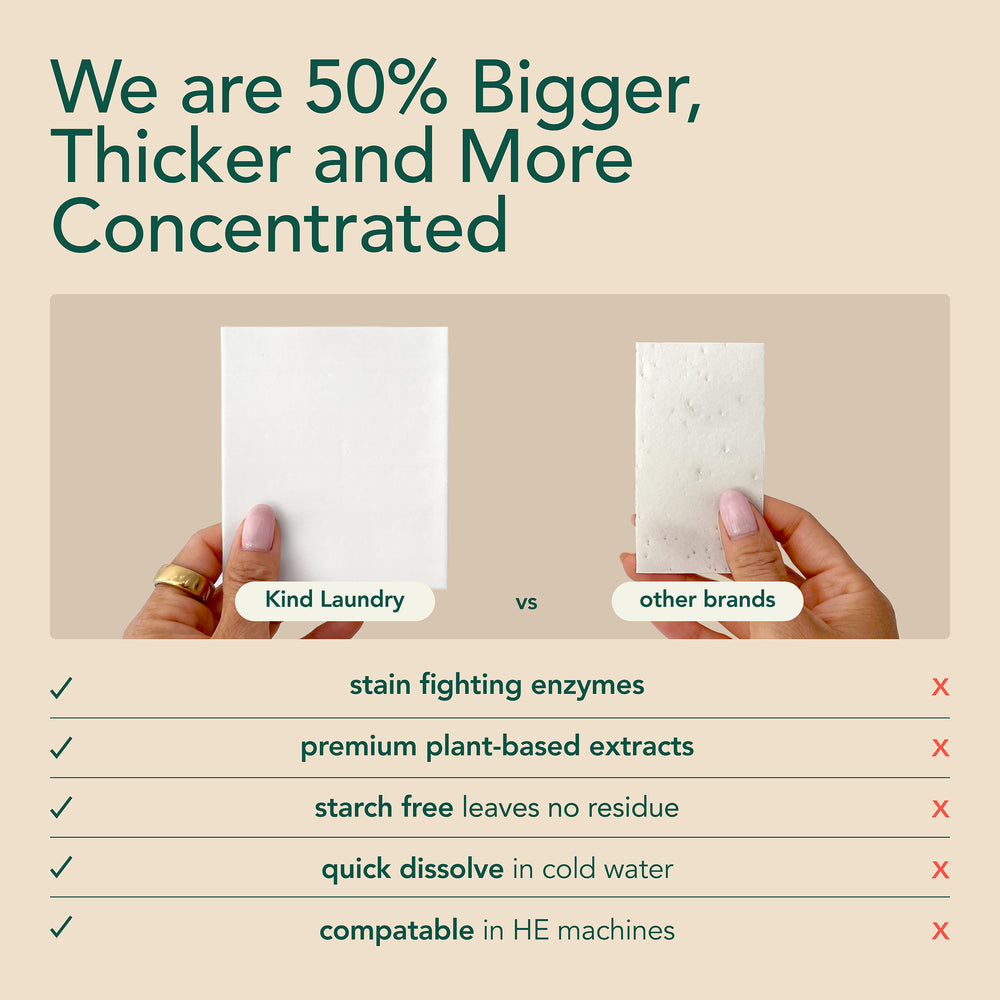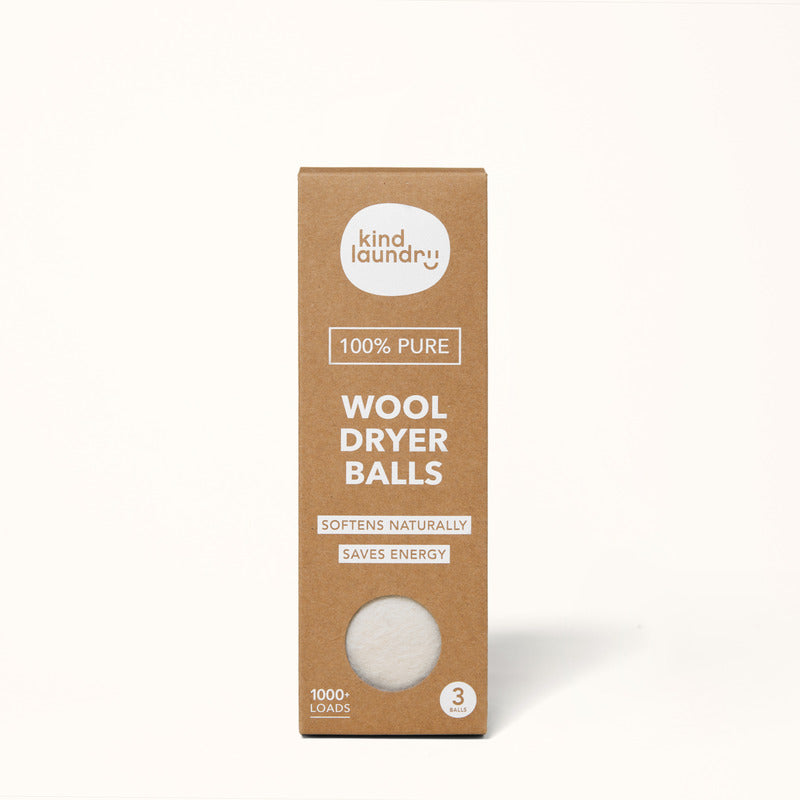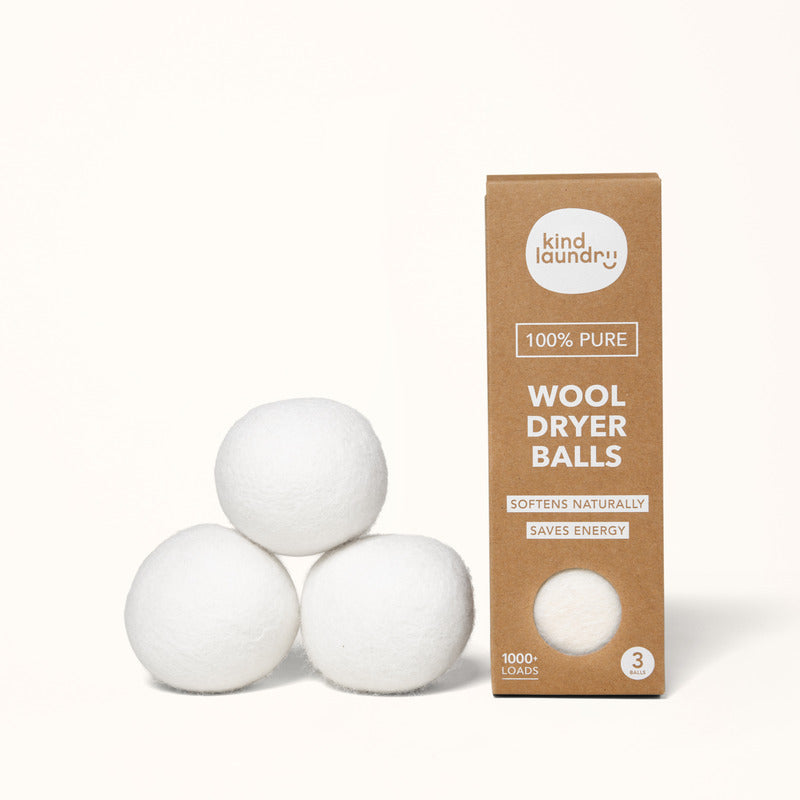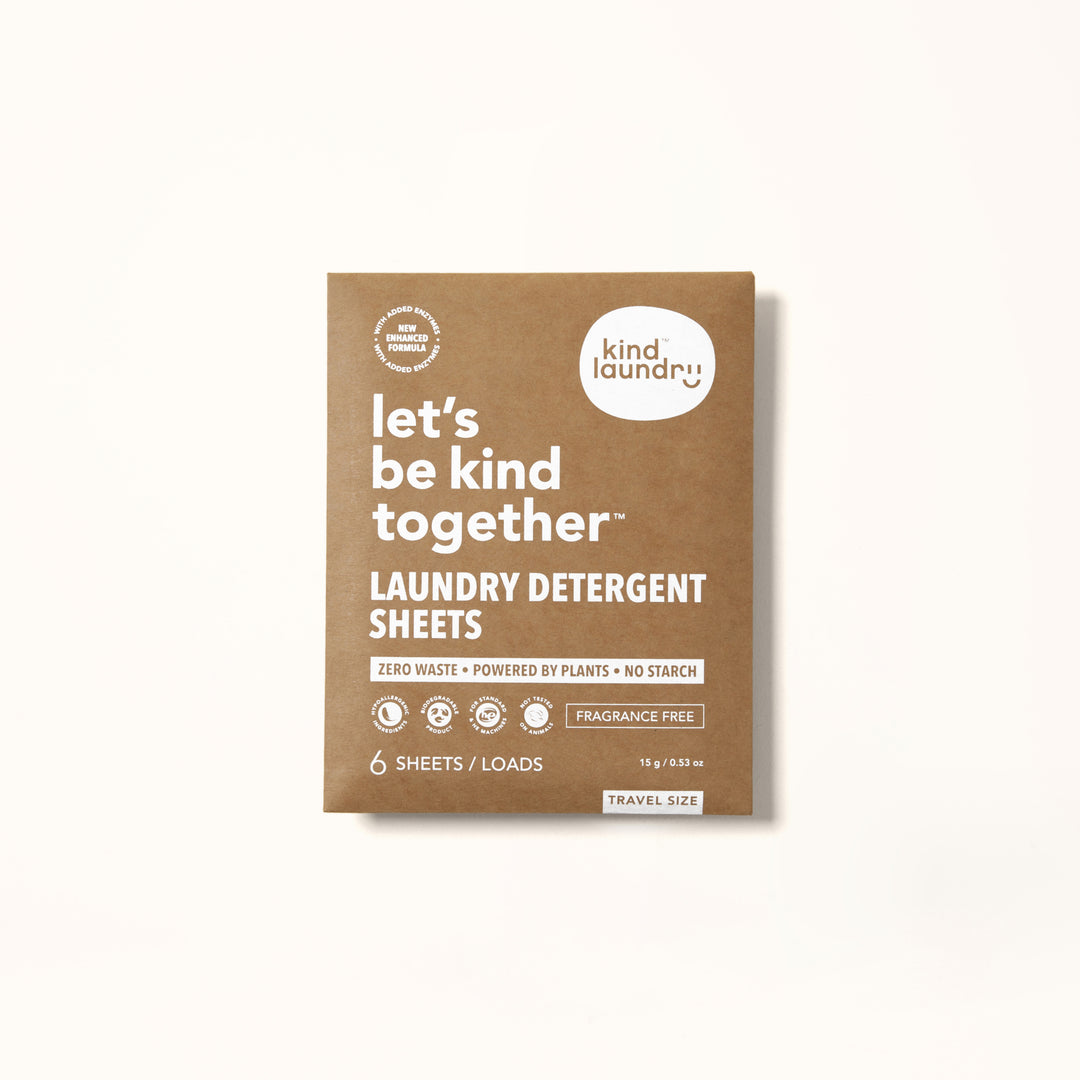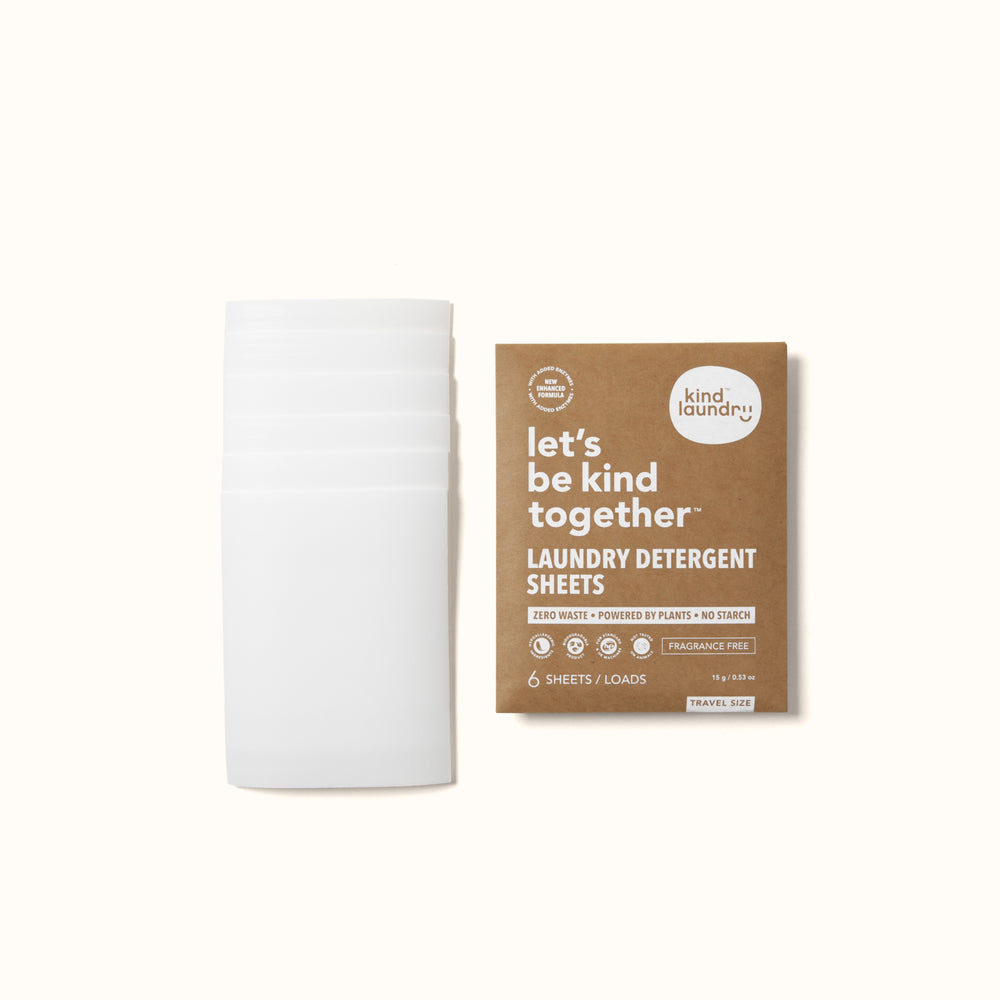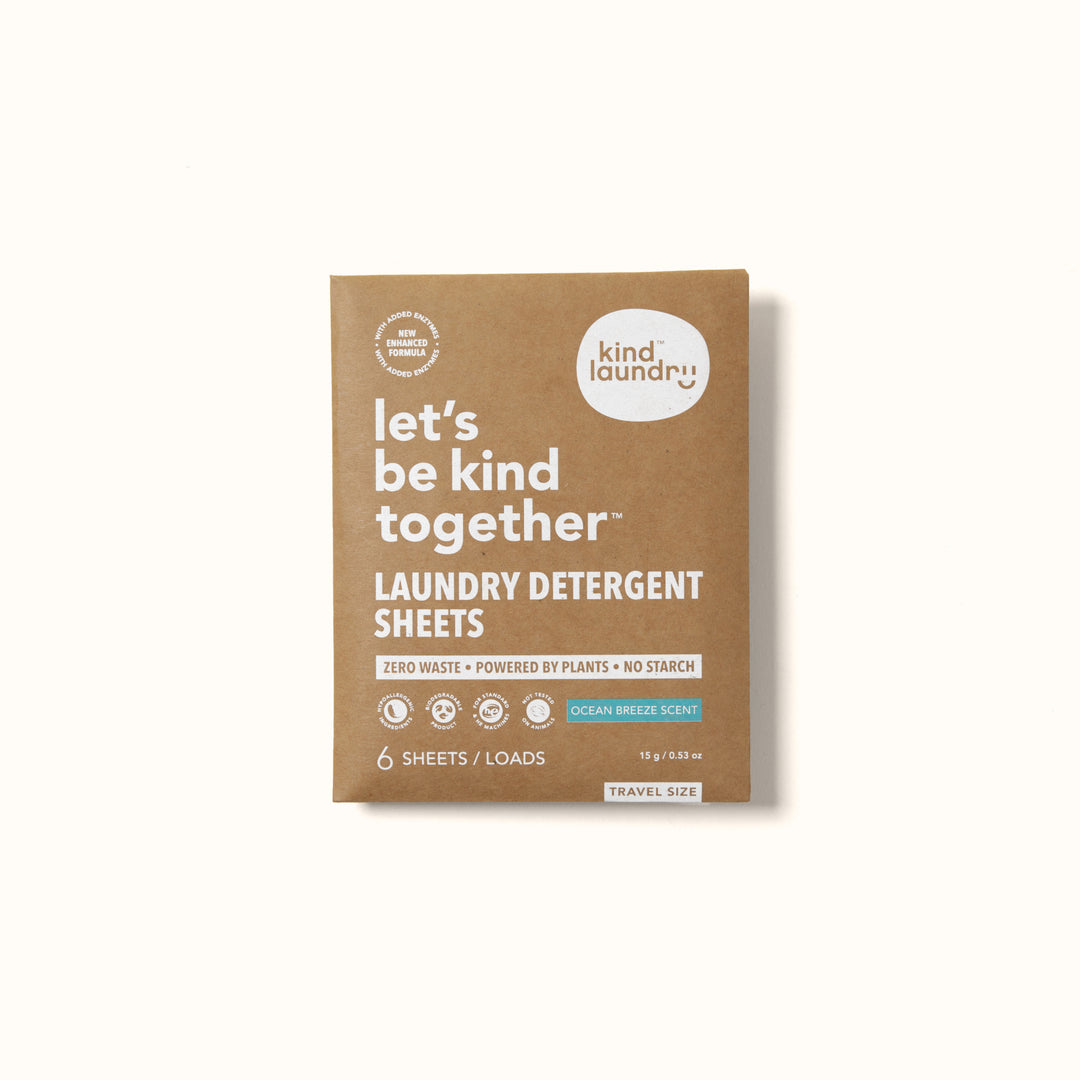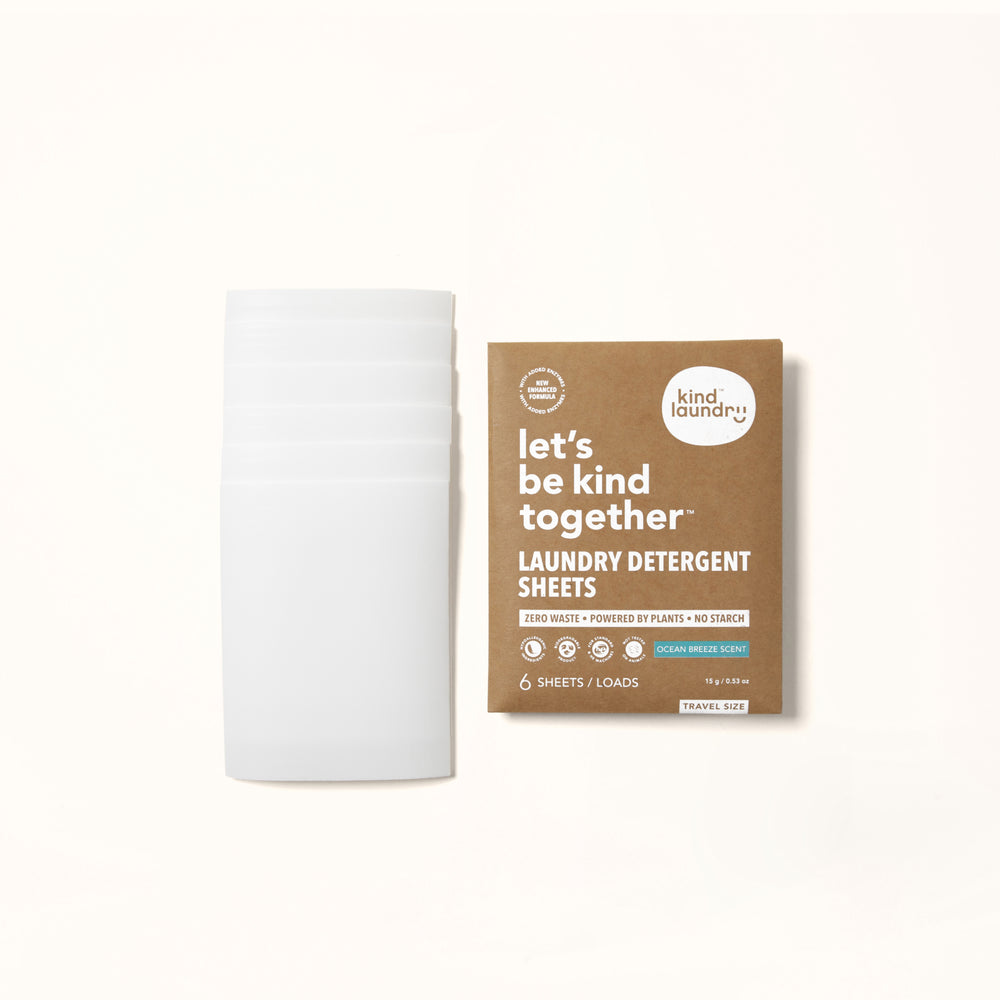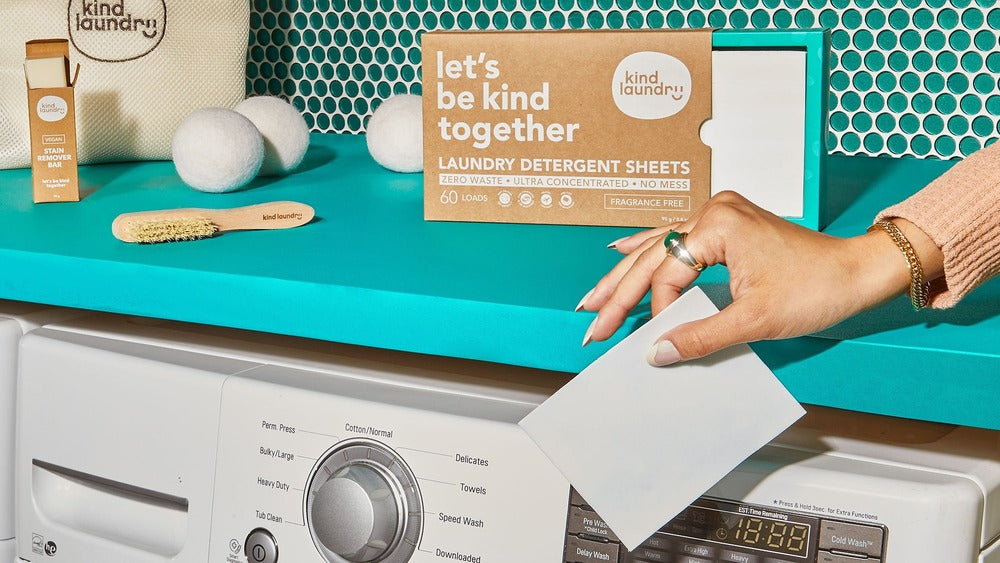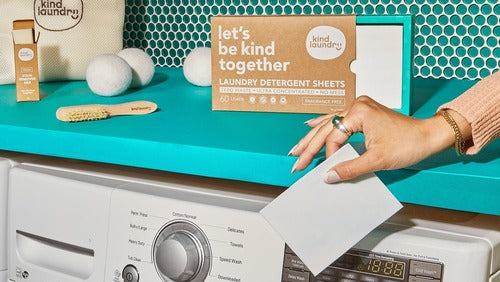Did you wake up with an itchy rash that seems to have come out of nowhere? Or maybe your baby woke up early from nap time and half her body is bright red. If you’ve changed your laundry detergent recently, there’s a good chance you’re seeing an allergic reaction to laundry detergent.
Even if you’ve been using the same brand for 20 years — it’s not uncommon for people to develop allergies later in life, and companies also occasionally change formulas.
How to Determine if You’re Having an Allergic Reaction to Laundry Detergent
Allergic reactions to laundry detergent are not uncommon, but they can be difficult to diagnose because they show up in different ways.
The tricky thing is, you may not be having an allergic reaction to laundry detergent at all. Your rash may be the result of irritant contact dermatitis —meaning your skin is irritated but not having a true allergic reaction. (Just bear with me and read on for a second).
While both irritant contact dermatitis and a true laundry detergent allergy can look the same, the cause is slightly different. Unfortunately, there’s no easy way to determine the difference. A doctor can test you for allergies to specific ingredients, but it’s not usually worth it.
Regardless if it’s an allergy or an irritation, you’ll treat it the same way.
So for the purposes of simplicity, we’ll be referring to all adverse skin reactions as a laundry detergent allergy in this blog.
Common Symptoms of a Laundry Detergent Allergy
As with many allergic reactions, a laundry detergent allergy may present as:
- Irritated, red skin that may or may not be itchy
- Bumps, or dry scaly skin
- Swelling
- Tender or “burning” skin that is sensitive to touch
- Possible blisters that ooze
These symptoms are slightly different from person to person, but there are a few signs that indicate laundry detergent may be the cause:
- The rash is widespread, and on areas of the body that come into contact with freshly washed laundry.
- Consider: If the rash is on your face and arms and you recently washed your sheets (and pillow cases), it could be an allergic reaction to laundry detergent.
- If you changed your baby into a freshly washed onesie and two hours later she’s covered in hives, it’s likely the laundry to blame.
- Check if areas that have not been in contact with the laundry also have a rash. For instance, if your baby had a diaper on and everything under the diaper is rash-free, that’s a good indication that the culprit is in the clothing or bedding.
- The rash may be worse in areas where your clothes fit tighter, or you sweat more.
- Kind of gross, yes, but if you find the rash is worse in the armpits and groin area, it may be because these regions come into tighter contact with your clothing. The additional moisture irritates and worsens the rash.
The easiest way to determine if you’re having an allergic reaction to your laundry detergent is to change your laundry detergent.
Specifically, try switching to a hypoallergenic, all-natural laundry detergent and see if the symptoms go away. Switching to another name brand detergent may not help, since many of the ingredients are the same.
It’s also best to try a fragrance-free detergent, since allergies to fragrance ingredients are common.
How to Treat an Allergic Reaction to Laundry Detergent
If you suspect you or your child are having an allergic reaction to laundry detergent, you should definitely change your detergent.
You may want to immediately send your sheets, towels, and a few pairs of clothes through an extra rinse cycle to carry you through until you get a new detergent.
In terms of treating the actual rash, there are several over-the-counter remedies that may help. **Please note: this is not medical advice and should not be construed as such. It is always a good idea to consult a doctor.
- Hydrocortisone cream: Steroid creams such as hydrocortisone help with inflammation and reduce itching.
- Antihistamine: If you’re having a lot of swelling, you’re likely having an allergic reaction. Antihistamines (such as Benadryl) reduce the swelling and itching.
Ice or cool shower: Particularly helpful if you’re experiencing the burning skin sensation. Just be sure you’re not drying off with a towel that’s fresh from the suspect laundry. Calamine lotion or oatmeal bath: Both are helpful to reduce itching and soothe the skin.
Again, to properly treat the rash you need to ensure you’re no longer exposing yourself to the irritant. Switch to an all-natural laundry detergent ASAP and then apply these remedies to the rash.
How to Prevent a Laundry Detergent Allergy
Most people don’t realize that when you do your laundry, residues from the detergent remain in your clothes. So one thing that can help prevent allergic reactions to laundry detergent is to rinse your laundry twice… But that’s not very eco-friendly!
To prevent detergent sensitivities, the best thing to do is use an all-natural laundry detergent that is fragrance-free and dye-free.
Did you know most name brand laundry detergents contain 25+ different ingredients? That makes it difficult to know which ingredient might be causing your rash.
If you’re looking for a hypoallergenic detergent, try Kind Laundry fragrance-free detergent sheets. They’re all-natural and contain only simple ingredients:
- SDS (Sodium Dodecyl Sulfate)
- Tea Seed Oil
- Fatty Alcohol Polyglycol Ether
- PVA
- Water
- Decyl Glucoside
- Glycerol
- Cocamidopropyl betaine
- Citric acid monohydrate
It’s also best to avoid synthetic, fragrant dryer sheets. Try 100% wool dryer balls instead. And if you find you miss the smell of your old laundry products — add a few drops of essential oil to your wool dryer balls before throwing them in the dryer.
We hope this helps you find relief from your rash as soon as possible, and prevent future irritations. It’s no fun to have laundry detergent allergy, but unfortunately they are rather common.
P.S. If you discover your laundry detergent is indeed to blame, there’s no need to throw the rest down the drain. Many homeless shelters and animal shelters are happy to take a partially used bottle of laundry detergent.
